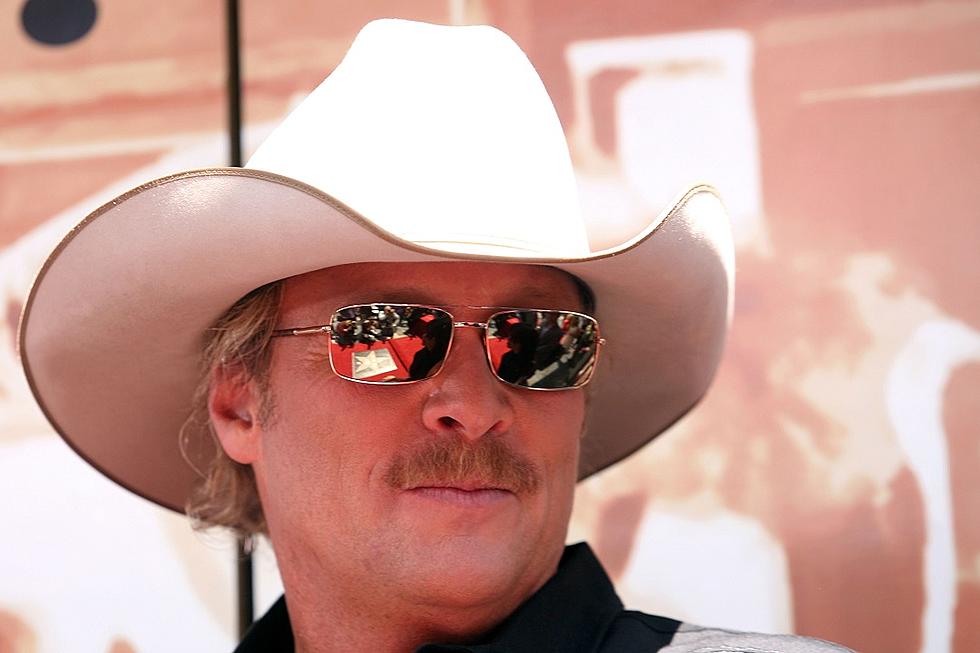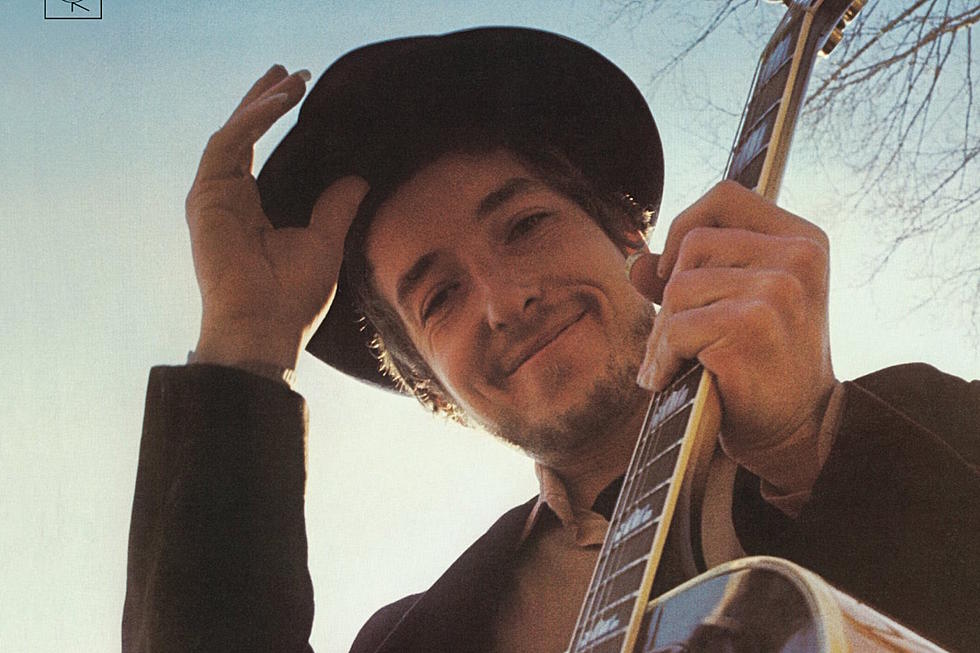
Willie Nelson’s ‘Stardust': All of the Songs, Ranked
Outlaw country was supposed to be about creative freedom for big-time country music artists. Willie Nelson, Waylon Jennings, Jessi Colter, the Glaser Brothers and others associated with that moment in history sought to record material that moved them, not what someone behind a desk projected as a hit. Songs true to the outlaw spirit did not necessarily have to be about whiskey, hard living or any other stereotype.
By that definition of “outlaw,” Nelson’s rule-breaking bent brought country music fans more than just the brilliant 1975 album Red Headed Stranger and subsequent releases. Indeed, Nelson’s farthest departure from Nashville expectations came when he followed up a run of rough-around-the-edges country albums with 1978’s Stardust, a gorgeous collection of jazz and pop standards.
What on paper might have read like a painfully square attempt to introduce country music fans to their grandparents’ collection of 78 RPM records remains one of Nelson’s finest hours. It upped the already-present jazz influence in Nelson’s music while offering him and producer Booker T. Jones a chance to prove that popular standards could once again be cool.
Read on to find out how The Boot ranks all 10 tracks on Nelson's classic Stardust.
- 10
"Moonlight in Vermont"
This lesser-known ode to a state’s natural beauty has a loose tie to country music history: Margaret Whiting, a pop singer with some country hits of her own, first popularized the song in 1944.
- 9
"Unchained Melody"
One of the more powerful selections on oldies stations’ playlists went from a film soundtrack obscurity to a Righteous Brothers hit before Nelson turned it into a sentimental throwback to jazz’s influence on popular music.
- 8
"September Song"
Nelson’s survey of past popular tunes needed something reflecting Broadway’s influence on pop and jazz, so he tossed in this cut from the 1938 musical Knickerbocker Holiday. Under Nelson’s watch, it becomes a piano-driven easy listening tune.
- 7
"Stardust"
The title track of Nelson’s ode to pop standards comes from the catalog of Hoagy Carmichael. Nelson’s version deserves a spot on the short list of covers belonging in the same conversation as Nat King Cole’s definitive 1956 recording.
- 6
“On the Sunny Side of the Street”
Sunshiny pop that could suit most any era meets the jazz swing at the heart of a lot of Texas music, much less Nelson’s massive catalog, throughout this often-covered tune from the ‘30s.
- 5
“Someone to Watch Over Me”
Ira and George Gershwin get a hat-tip with this slowed-down, emotional arrangement that makes the narrator sound as helplessly lovestruck as the most beaten-down character in any honky-tonk song.
- 4
“Don’t Get Around Much Anymore”
With different musical accompaniment, Nelson’s stellar vocal rendition of this Duke Ellington standard would suit just about any of his prior albums. Even when he tries slightly different things, Willie unmistakably sounds like Willie.
- 3
"All of Me"
This jazz standard from the ‘30s became a Top 5 country hit in Nelson's hands. It might have the best bass line in any country single not titled “Amos Moses.”
- 2
"Blue Skies"
The great American songwriter Irving Berlin wrote everything from “White Christmas” to this shot of poptimism. Piano accompaniment by Willie’s sister Bobbie Nelson adds a touch of class to one of the all-time best carefree jingles.
- 1
"Georgia on My Mind"
This gentle take that’s more akin to a lullaby than Ray Charles’ thunderous version remains one of Nelson’s crowning achievements as a vocalist. Yet what sets this rendition apart is the contributions of longtime Nelson harmonica player Mickey Raphael.
More From TheBoot









